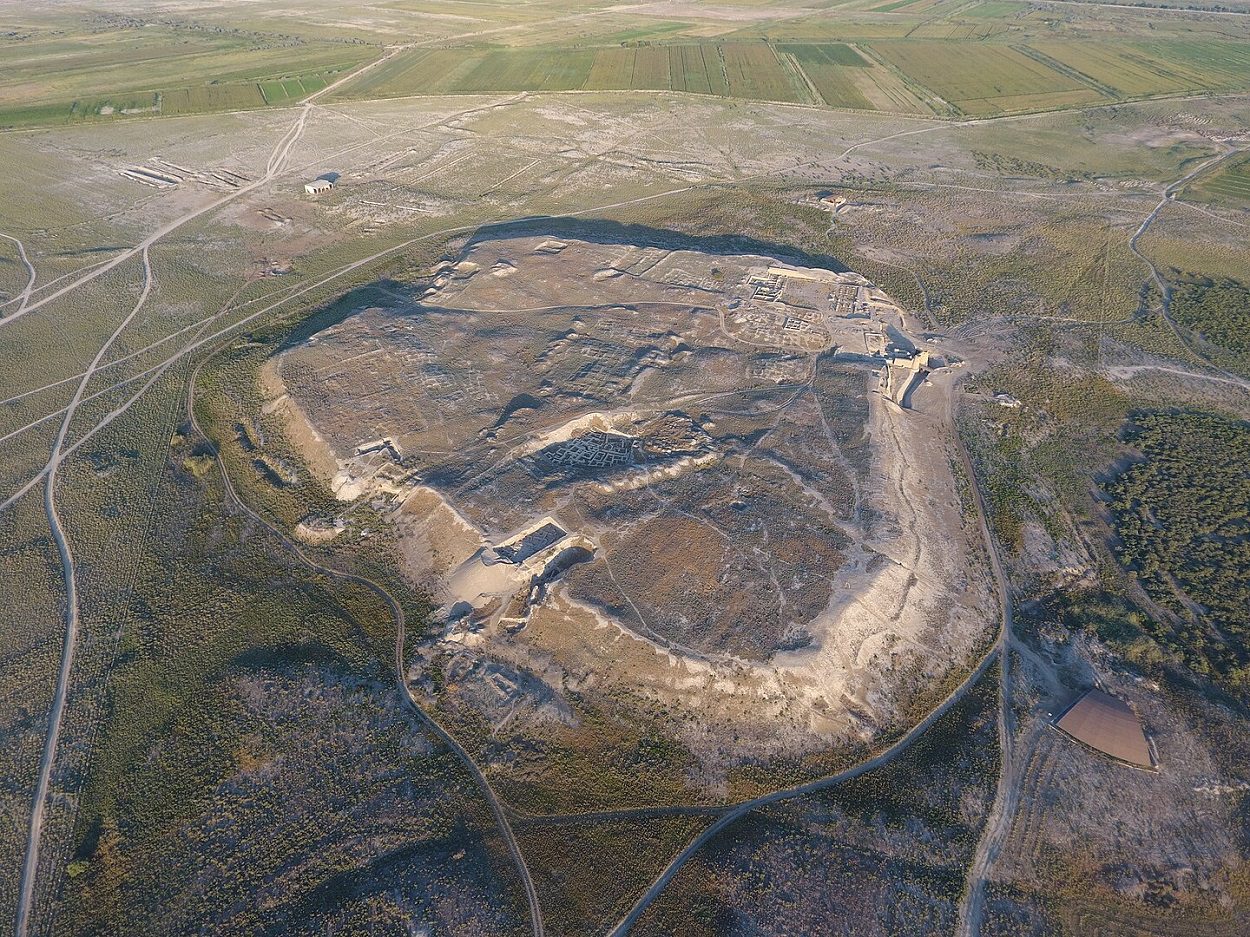The conquest campaigns of the Mongol Empire took place in the first half of the thirteenth century, deposing the Persianate Khwarazmian Empire and seizing its territories from Kazakhstan to the Persian Gulf and the Caucasus.
Historical accounts, such as those by Rashid al-Din (AD 1247–1318) and Ata Malik Juvaini (AD 1226–1283), describe scenes of mass destruction and violence, massacring and enslaving populations.
Based on these descriptions, the destruction has been long been suggested to be the cause of the depopulation of the region’s earthen-built cities. However, a new study by Dr Katie Campbell from King’s College at the University of Cambridge, now suggests that the depopulation rather than the destruction, is the primary reason for urban abandonment, as the remaining populations lacked the manpower and resources to maintain the earthen structures and supporting irrigation systems.
Archaeological evidence in Central Asia has found little supporting evidence of the direct destruction by the Mongols that supports the described historical narrative; however, convincing examples can be found elsewhere in parts of Russia and Eastern Europe.
Instead, previous excavations report a trend of architectural abandonment and desolation, contradicting the Mongol destruction accounts.
According to the study, abandonment events can be tracked from the 12th to the 14th century at the sites of Merv and Otrar following the Mongol conquest, with evidence of renovations, and occasionally, destruction. It is probable that the economic, political, and environmental stresses caused by the Mongol disruptions exacerbated pre-existing issues and hastened urban decline in cities which were already struggling.
According to Dr Campbell, “Both archaeological and ethnographic evidence demonstrate the importance of maintenance to earthen-built cities, and the potential for significant disruption to urban infrastructure, especially architecture and irrigation, which would occur from a decrease in population.”
“The specific properties of earthen architecture, especially the availability and affordability of mud as a building material, led to low-level reuse, and a widespread pattern of the eventual movement of cities after it was no longer possible to maintain them,” added Dr Campbell.
With the extensive economic and population disruptions caused by the conquests, the cities no longer had a sizeable population to undertake their basic maintenance, initiating the deterioration of the urban fabric that was difficult or impossible to reverse. This likely meant that earthen buildings, and sometimes entire cities, were abandoned and rebuilt across the region.
Dr Campbell said: “As the result of the archaeological findings and accompanying historical patterns, I argue that textual sources describing the destruction and desolation of cities by the Mongols should be considered within the context of patterns of construction and maintenance, which had persisted in these earthen cities for centuries.”
“Although it is likely that the Mongols caused some damage to the urban fabric, they did not literally destroy entire cities. Nonetheless, they did cause a crisis of urbanism in Central Asia, predominantly because they disrupted cycles of maintenance by sending the urban population into flight,” added Dr Campbell.
The result was a series of destroyed medieval cities that were likely destroyed by natural erosion rather than by the Mongol attacks.
https://doi.org/10.1386/ijia_00118_1
Header Image: Otrar – Image Credit : Mikhail Gurulev – CC BY 4.0





